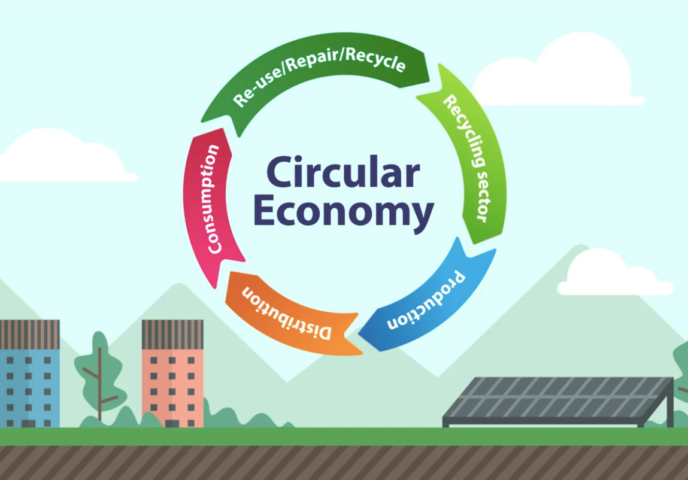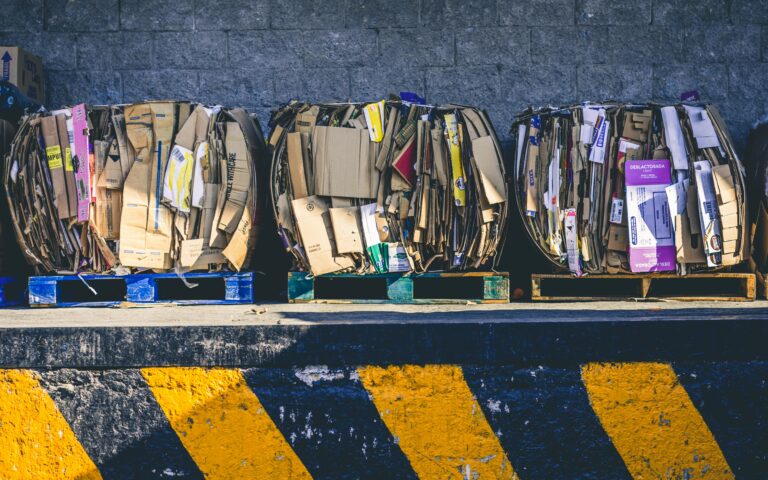The provincial government has amended the Designated Materials Regulation filed under the Clean Environment Act that will force companies who make packaging and paper products responsible to manage and fundthe recycling programs for those products.
About 40 per cent of NB’s household waste stream is made up of packaging and paper products like cereal boxes and detergent boxes, plastic containers, newspapers and ad flyers.
The new law means corporations like Walmart, Proctor and Gamble, Loblaws, Sobeys, Canadian Tire and Brunswick News will foot the bill for the cost of the recycling programs for packaging and paper products they put in the market place instead of municipal taxpayers.
Small retail brand owners who generate less than two million dollars in gross annual revenue or less than 1 tonne of packaging and paper product waste in the province are exempt.
N.B. already has similar requirements for used oil/glycol, paints, and electronic products like computers and cellphones. Extended producer responsibility programs like these are purposely designed to make companies pay for the end fate of their products, but also to drive waste reduction overall by redesigning packaging, especially plastic, towards more sustainable and safer alternatives.

The devil will be in the details
The new regulation means the Minister of Environment and Climate Change has ordered companies to develop a comprehensive stewardship plan for approval by New Brunswick’s multi-material stewardship board Recycle NB.
A draft plan is expected to be filed with Recycle NB in 2022 with implementation in 2023. The amended regulation will require annual reporting and Recycle NB will need to ensure there are strong reduction targets within two years of the approval of the first plan.
Some of the other requirements that need to be outlined in the plan include:
- information on the expected quantity or weight of packaging and paper, by material type, to be sold in N.B.;
- the expected quantity or weight of packaging and paper waste, by material type, to be collected, reused, recycled, composted or recovered;
- information on consultations with regional service commissions and local governments, a summary of the feedback received, a description of how their interests were taken into consideration and, if practicable, a description of the intention to use existing social and capital waste diversion infrastructure; and,
- a description of how the interests of First Nations with respect to solid waste management were considered.
The plan must also account for any greenhouse gas emission impacts that will result from the implementation of the plan and identify opportunities for reducing those impacts.

What’s next?
While polluter-pay regulations like this one are welcome news, we need a comprehensive plan to reduce and eliminate waste from all sectors, not just homes and apartments.
We haven’t seen an updated waste reduction plan for more than 20 years.
A new plan needs to tackle garbage sent to N.B. landfills from industry, commercial businesses, and institutions like hospitals; deal with organic materials like food waste; and lead the province to transition to what is called the ‘circular economy.’
What is a circular economy?
In the linear economy, raw natural resources, like oil, are made into products, like plastic bags and food tubs, that are usually used once, and then sent to the landfill.
A circular economy model aims to close the gap between that production and product use, and nature. It means, on one hand, 1) eliminating waste, 2) composting waste that is biodegradable, and 3) if a product is non-biodegradable, building in repair options, reusing it, remanufacturing it and finally recycling it.
It also means cutting off the use of chemical substances embodied in products and producing them with renewable energy.

